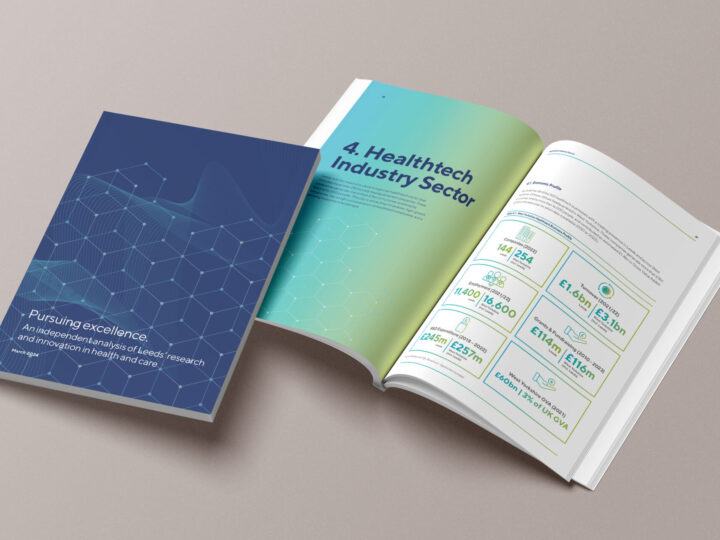I recently got talking to my friend over dinner about applying for jobs and the process candidates (including himself) go through in order to work at certain companies. Going through waves of telephone and face-to face-interviews and individual and group role play exercises can be both time consuming and draining so to not receive any feedback on why you weren’t successful can leave a very bitter taste. As a by-stander and pair of ears in this situation, it’s so frustrating to know that these businesses are shooting themselves in the foot reputationally because of this poor candidate experience. My view on certain companies as a consumer has become tarnished because of how poorly he has been treated, and I wasn’t even the one who applied!
What brands often forget, is that candidates – and the people they influence via word of mouth and social media – are also potential customers. Leaving them deflated after an unsuccessful job application process not only means they are unlikely to ever apply again, it also means that they may discourage others from applying and, even more importantly, from buying from that company ever again.
So what are the basic things you can do ensure that you keep your potential talent pool happy as both future prospective candidates and customers?
Get a head start
A lot of companies’ first port of call when they need to hire for a new role is to give the recruitment agency a ring (followed shortly by a hefty chunk of commission). But imagine a world where candidates come to you rather than the other way around! Positioning your company as the ‘it’ company to work for in your sector will have the best, most suitable candidates knocking on your door with their CV rather than you having to chase after them. Using social media as a platform to give candidates an insight into what life is like working at your company and showing that your current employees are valued members of the team will all help with attracting new people who want to jump on the bandwagon. Remember, social media isn’t an advertising platform, it’s a relationship building tool and that should be no different for recruitment than it is for customer engagement.
Don’t go off the radar
![[ File # csp13802675, License # 2711263 ] Licensed through http://www.canstockphoto.com in accordance with the End User License Agreement (http://www.canstockphoto.com/legal.php) (c) Can Stock Photo Inc. / faithie](https://engagecomms.co.uk/wp-content/uploads/2022/06/candidate-experience-1-300x200.jpg)
If a customer has a bad experience and posts a negative review on Trip Advisor, ignoring them will only escalate the problem. Even if they’re being completely unreasonable, making them feel heard and valued by responding to them in a non-defensive way could completely turn around their feelings – and the feelings of those reading the review/response. If a candidate has been unsuccessful in their application, don’t just ignore them and hope they disappear. Offering them the chance to have feedback on their interview and explaining honestly why someone else got the job over them is a tough conversation, but they will value your transparency. Going ‘cold turkey’ on them runs the risk of them dishing the dirt on you with their network, which will include your potential customers. Perhaps they didn’t have the required experience for the role, but in five years’ time they could be qualified and be a true asset to your company so don’t dismiss as them as potential future candidates by putting them off for life.
Don’t underestimate the power of reviews
I’ll hold my hands up and admit that I thought only people working in the digital sector would know about Glassdoor (the TripAdvisor of the recruitment world), but how wrong was I?! It turns out that a lot of people know about it. Just like how picking a restaurant to dine at has turned into an in-depth research project on TripAdvisor and online review sites, candidates are using their own FBI skills to find out about your company before they apply for a role. Don’t be fooled to think it’s just candidates for new roles who’ll be checking out your profile; your current employees will be having a nosy too. It might be someone who’s worked for you for a year and wants to move up in the company, but is left disheartened after reading a review from a longer term employee which states there’s no room for progression. Data reveals that an employee is twice as trustworthy as the CEO, and employees who distrust their leaders are also nine times more likely to consider leaving their current organisation (study by Kenexa High Performance). So reviews shouldn’t just be responded to but also encouraged. 73% of candidates said they were never asked to provide feedback on the screening or interview process (The Talent Board) which means that employers aren’t gathering insight on the candidate experience so that they can improve it. Talent attraction and talent retention are absolutely critical to long term growth and the candidate experience should run throughout a candidate’s lifecycle with the company, not just stop once they either step foot in the door or are rejected. As with TripAdvisor, most of the time, the best way to diffuse a situation is to apologise and explain. So take the opportunity to both encourage and respond to reviews on Glassdoor to show that senior management actually care about their people.
A lot of organisations we speak to already know the benefits of employer branding, but don’t know how to make the first move. They want to put the spotlight on their employees but don’t want to over face them or force them to do something they aren’t comfortable with. But by explaining how it can be beneficial to the individual and help them to build their own personal brand can be all the encouragement needed. If you want some help getting on the first step of the employer branding ladder, get in touch and we can tailor an approach specifically for your business.



